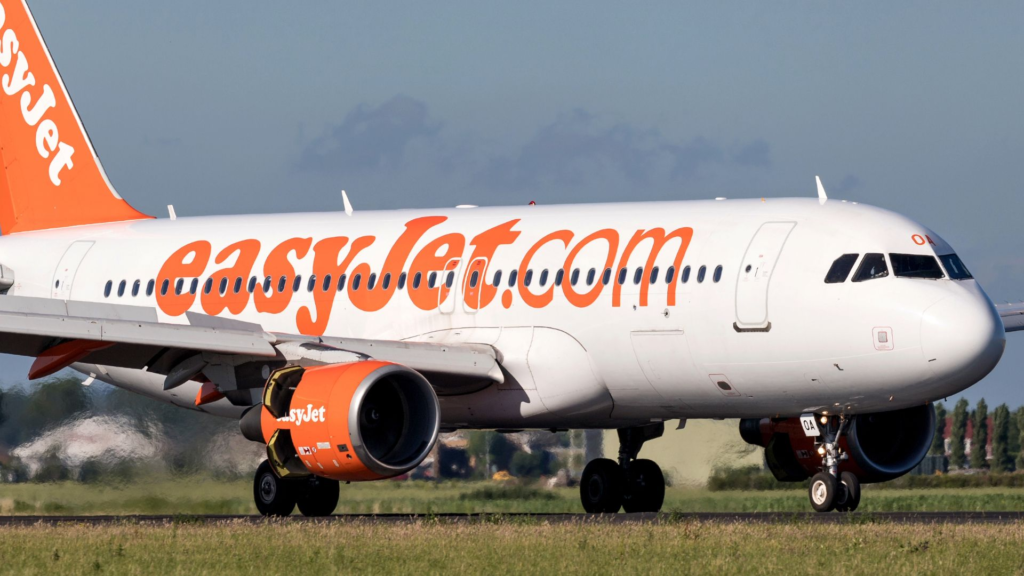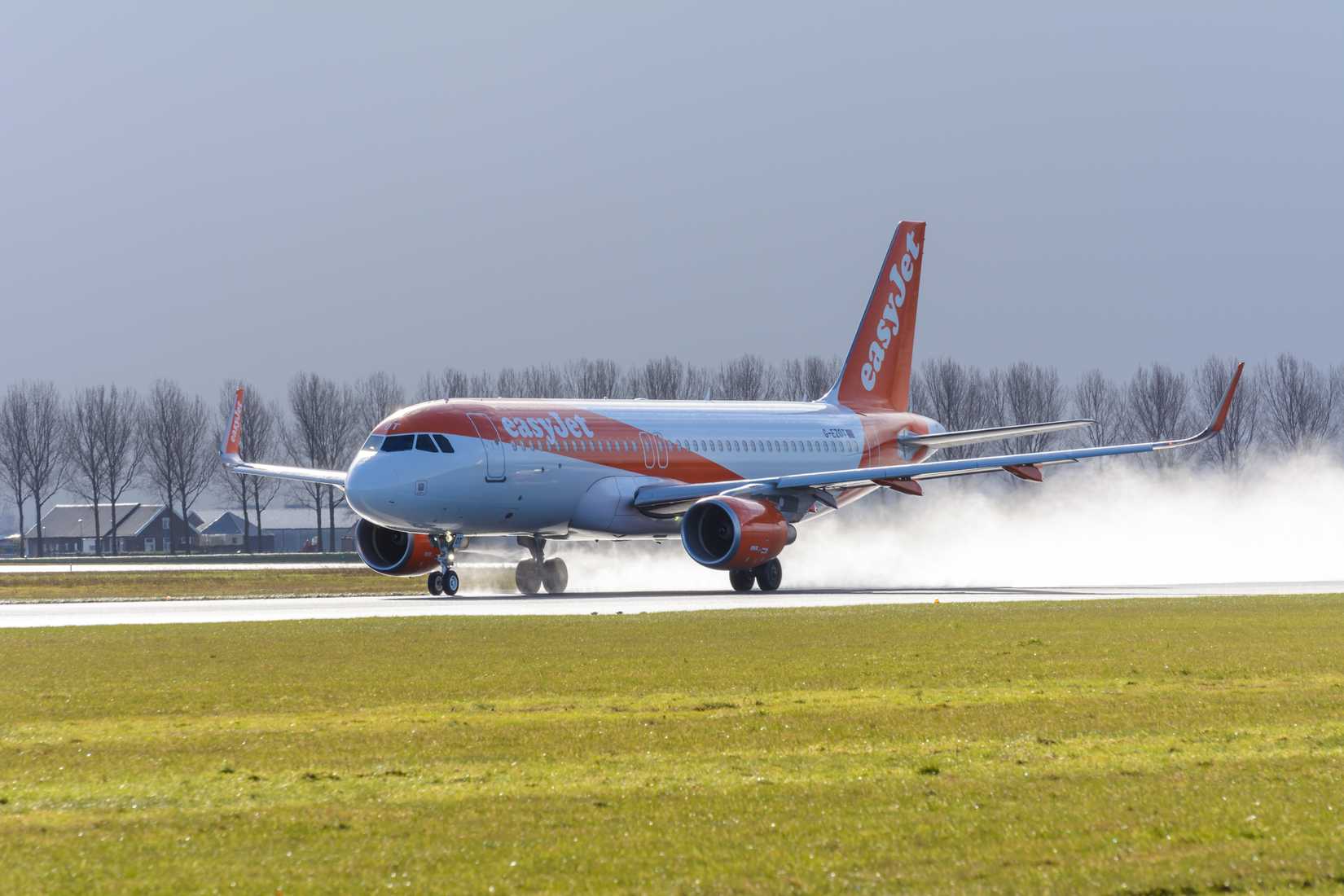On the night of September 21, a serious safety incident occurred at Nice-Côte d’Azur Airport involving two Airbus A320s. A Nouvelair flight arriving from Tunis almost collided with an easyJet service preparing to depart for Nantes, prompting last-minute evasive action. Both aircraft managed to avoid a collision, but the incident led to flight disruption.
The incident is being described as one of the most serious runway incursion incidents in recent French aviation history. It is now under investigation by French aviation authorities, who will determine whether pilot error, air traffic control, or other factors contributed. Initial reports suggest weather conditions may have played a role, though the exact circumstances are still being reviewed.
Nouvelair Plane Reportedly Passed Just Three Meters Above easyJet A320
Nouvelair’s Airbus A320-200, registration TS-INP, was operating flight BJ-586 from Tunis to Nice on September 21. The aircraft departed Tunis at 21:14 local time and proceeded normally toward the French Riviera. On approach into Nice, it was expected to land on runway 04L, but instead lined up with parallel runway 04R, as reported by The Aviation Herald.
At the same time, an easyJet Airbus A320-200, registration OE-IJZ, was preparing for departure as flight U2-4706 from Nice to Nantes. The aircraft was positioned on runway 04R when the Nouvelair jet descended toward the same strip. According to the data from ADS-B, the Tunis–Nice flight reached just 50 feet above the runway threshold before the pilots initiated a go around.
During the climb following the go around, the aircraft came dangerously close to the easyJet jet. Reports suggest the Nouvelair plane passed just three meters above it. Simple Flying reached out to easyJet for comment. The airline did not provide further details but said:
“The safety and wellbeing of our customers and crew is easyJet’s highest priority and in line with procedures, we are fully cooperating with the safety investigation that has been launched in order to understand what happened.”
BEA Launches Investigation, Weather Cited As Possible Factor
After the near miss, the Nouvelair jet climbed to 4,000 feet and repositioned for another approach to runway 04L. It landed safely at the airport about 15 minutes later. Meanwhile, easyJet’s aircraft vacated the runway and taxied back to the apron. The crew, which was shaken by the near miss, refused to depart again. Flight U2-4706 to Nantes was canceled.
The incident is now under investigation by the Bureau of Enquiry and Analysis for Civil Aviation Safety (BEA). Investigators will review whether the mistake originated from pilot error, air traffic control instructions, or communication issues between the tower and the arriving Nouvelair flight.
Preliminary findings point to weather as a potential factor. As reported by AIRLIVE, heavy rain and thunderstorms were reported in the area, with visibility dropping below nine kilometers and ceilings at 6,300 feet. That said, according to French media outlet actu Nice, Nice Airport confirmed that an investigation is underway but noted that “it would appear that the Nouvelair pilot made an error.”
Near Misses Remain A Global Concern In Aviation Safety
Near misses like the one in Nice are not isolated. In recent years, there has been a noticeable increase in reports of close calls at airports around the world. Just two weeks ago, at Basel Airport, an easyJet Airbus A320 bound for Palma de Mallorca had to abort its takeoff after another easyJet A320 from Budapest was on final approach to the same runway.
The airline confirmed to Simple Flying that “following instructions from air traffic control, a flight departing from Basel to Palma de Mallorca aborted its take off and a flight arriving from Budapest performed a routine go around…At no point was the safety of those onboard compromised. Once cleared by the tower, both flights continued their journeys normally.“
However, broader data shows a concerning trend. A 2023 New York Times investigation found that reported close calls in US airspace have increased significantly, particularly at busy hubs where daily movements strain capacity. The report noted that the most serious type of runway incursion, classified as Category A (when a collision was narrowly avoided) increased by 25% compared to a decade earlier.





